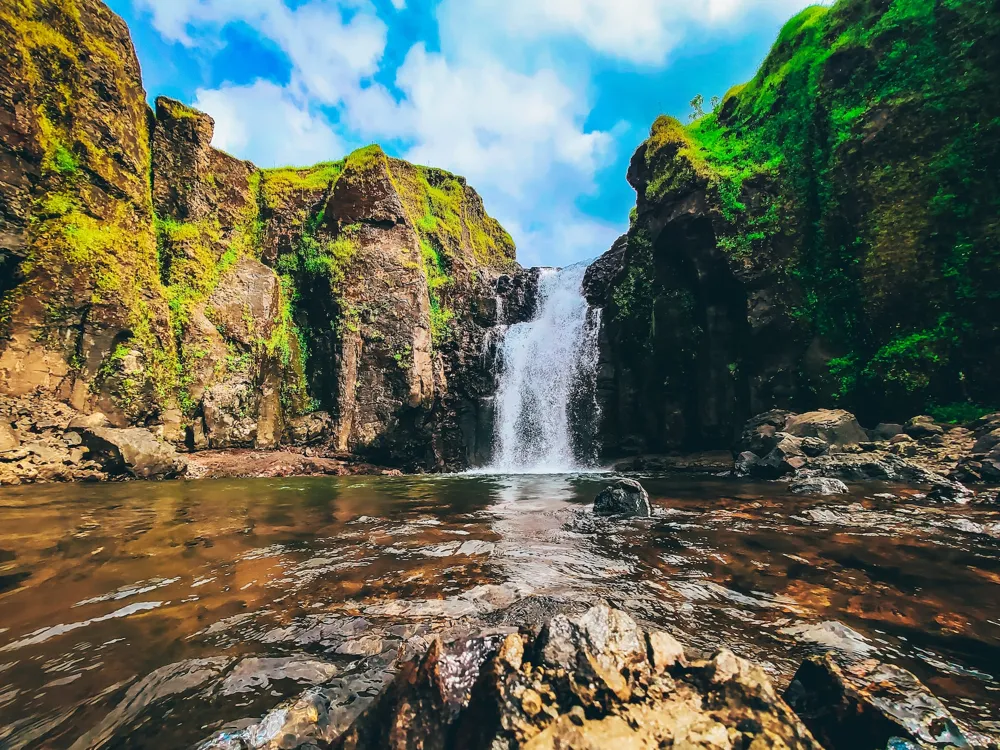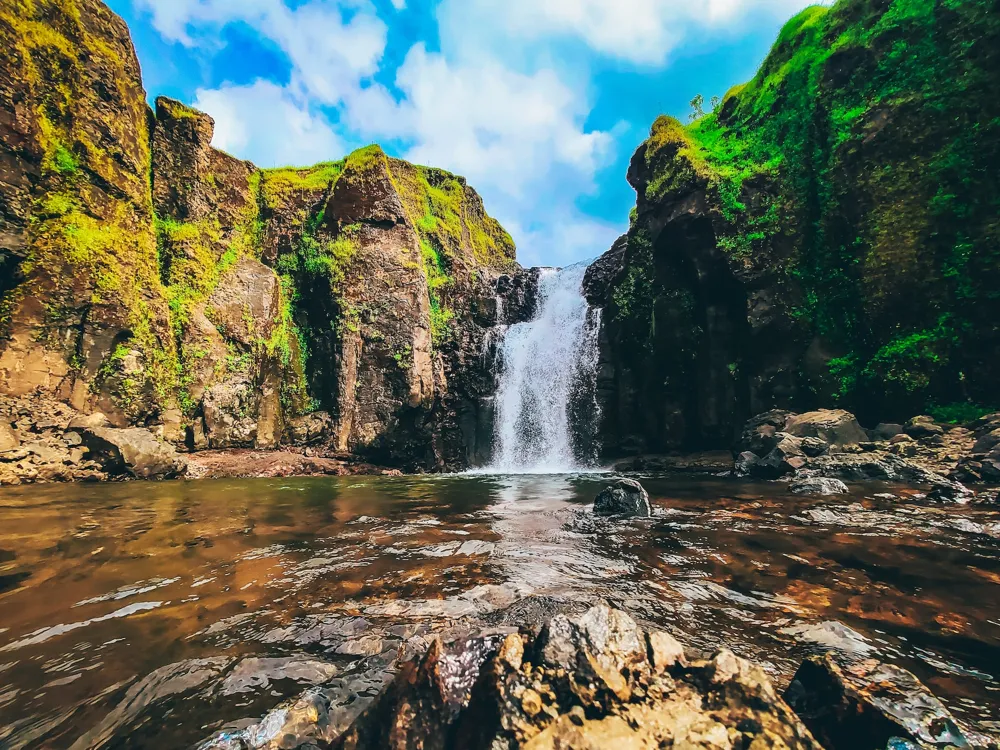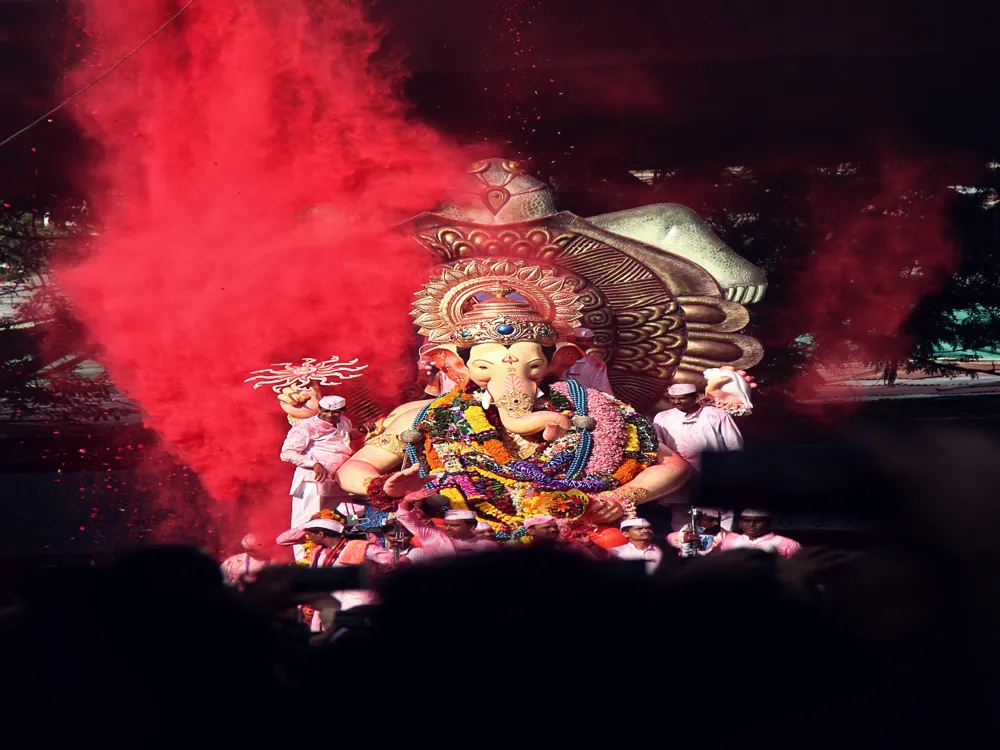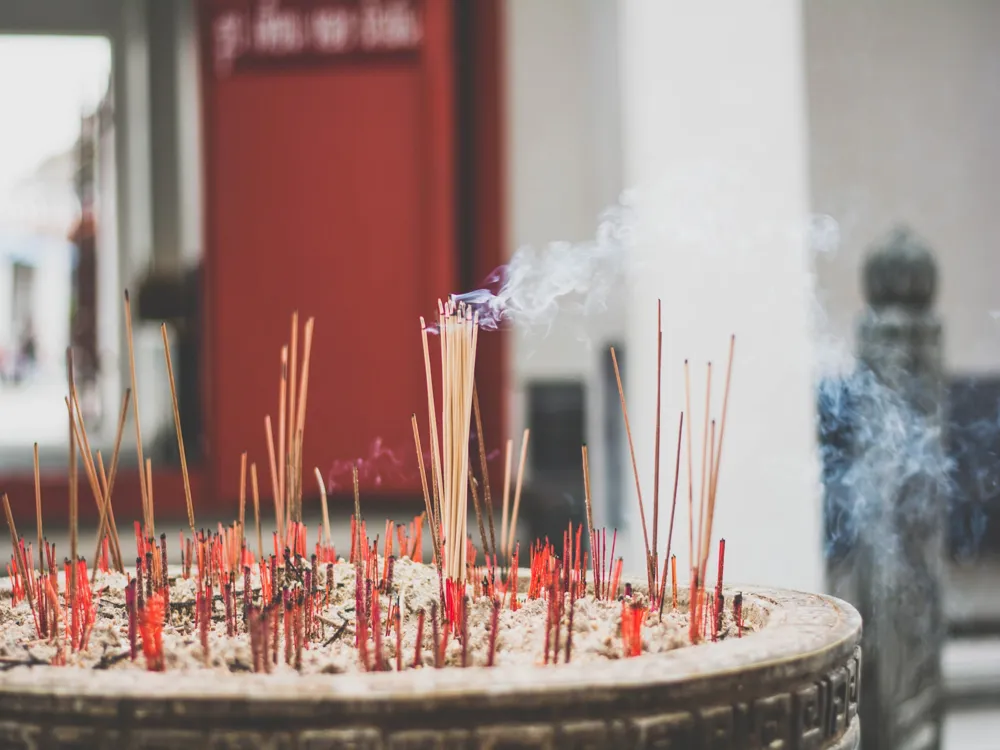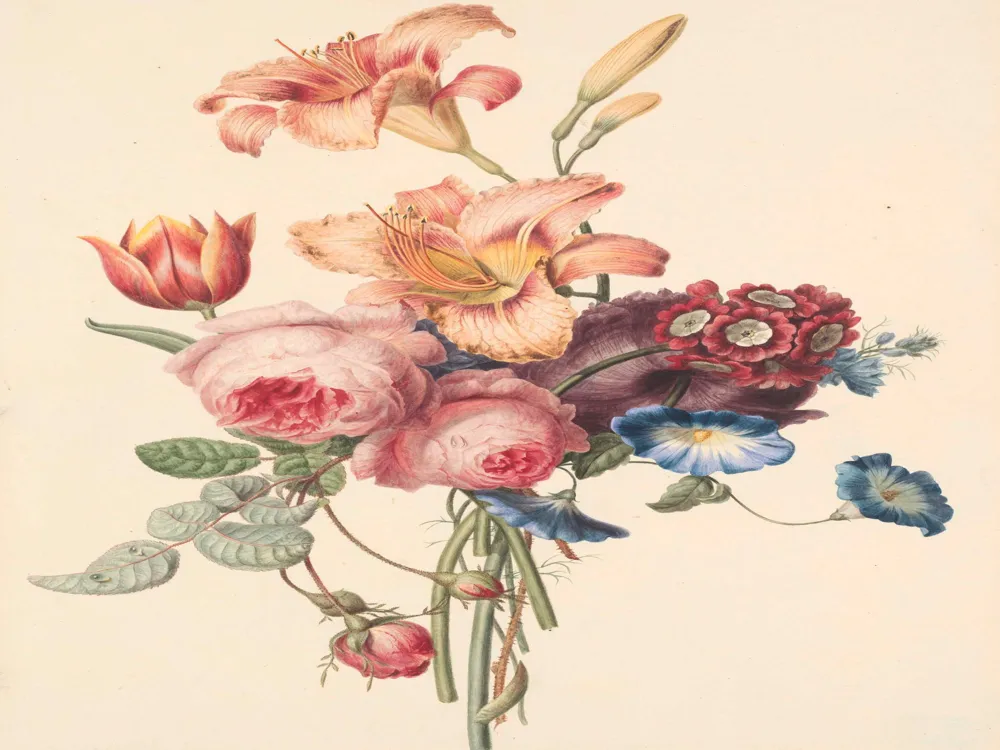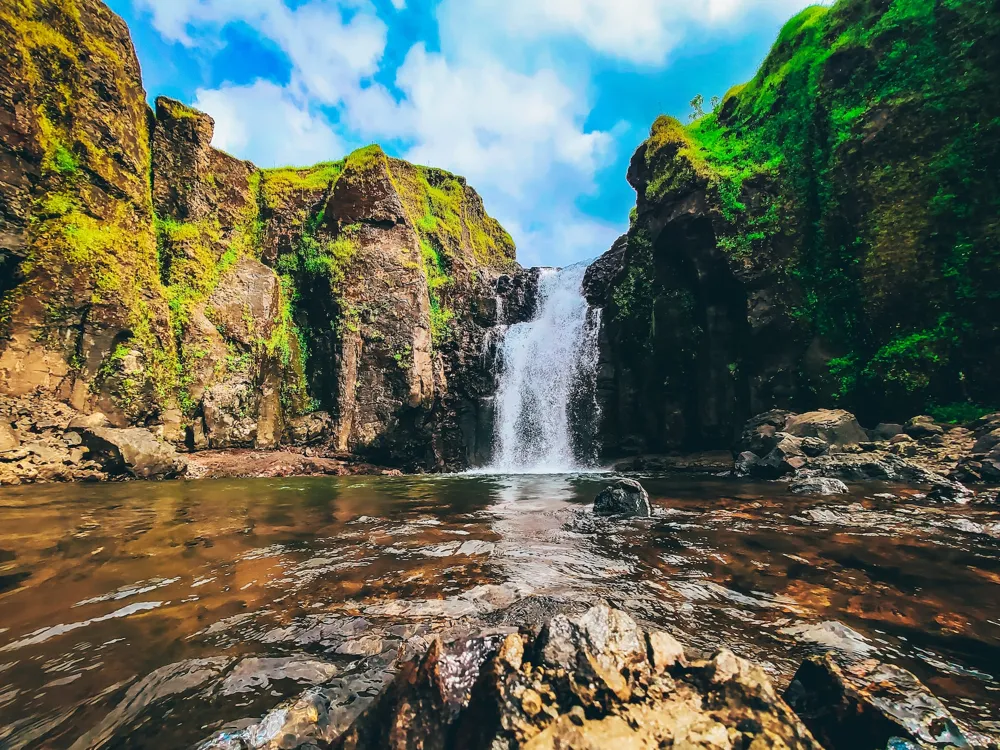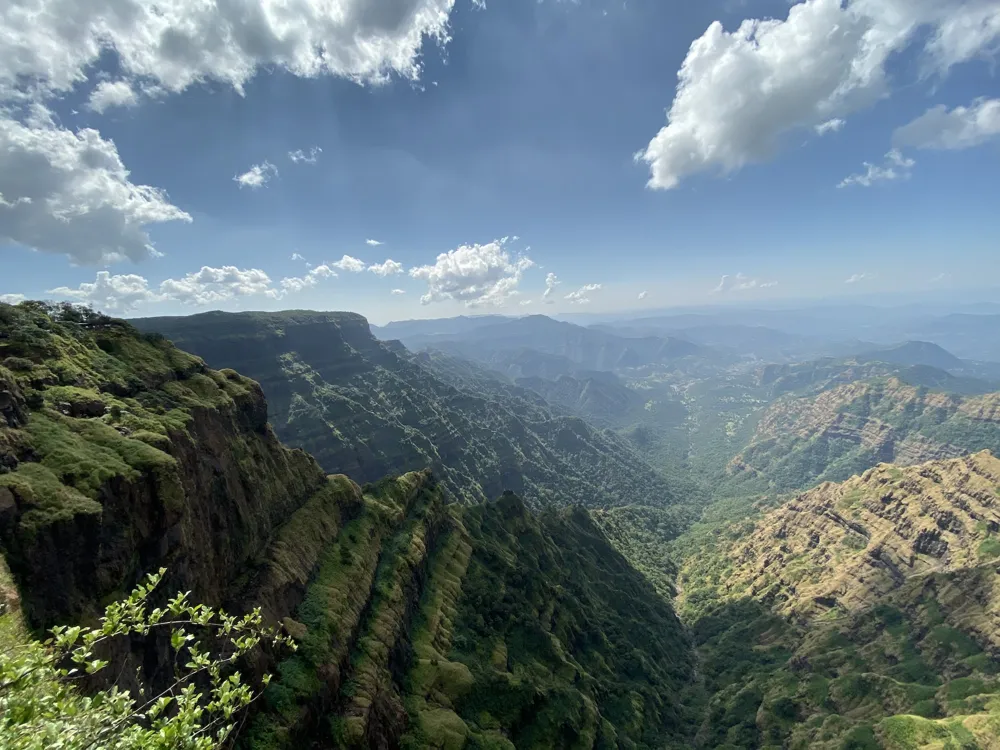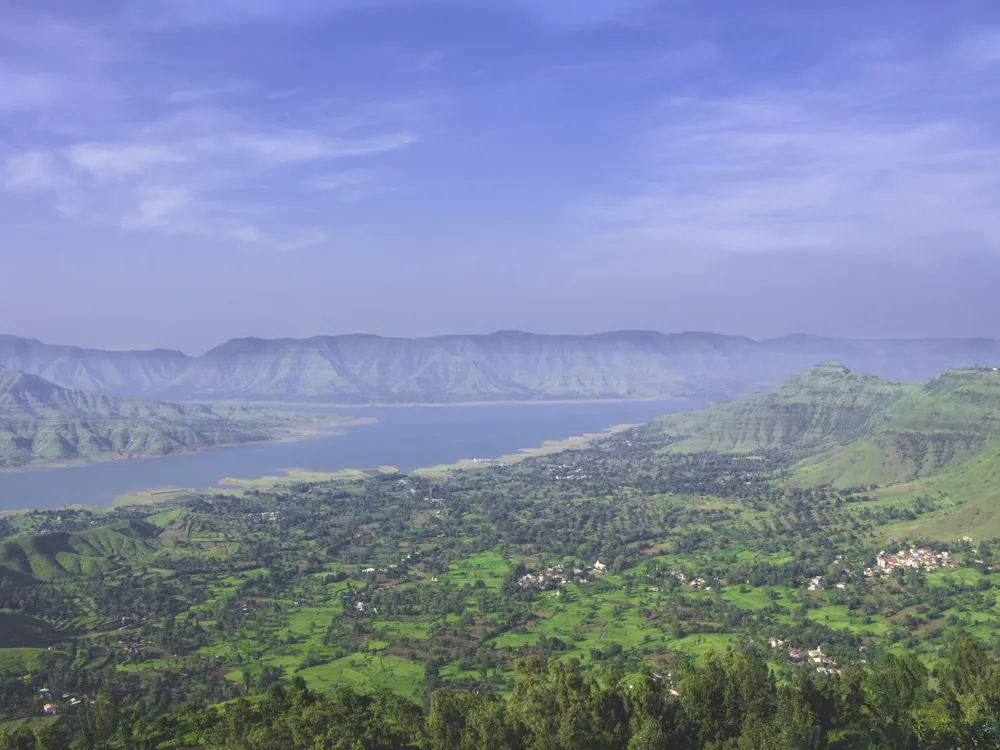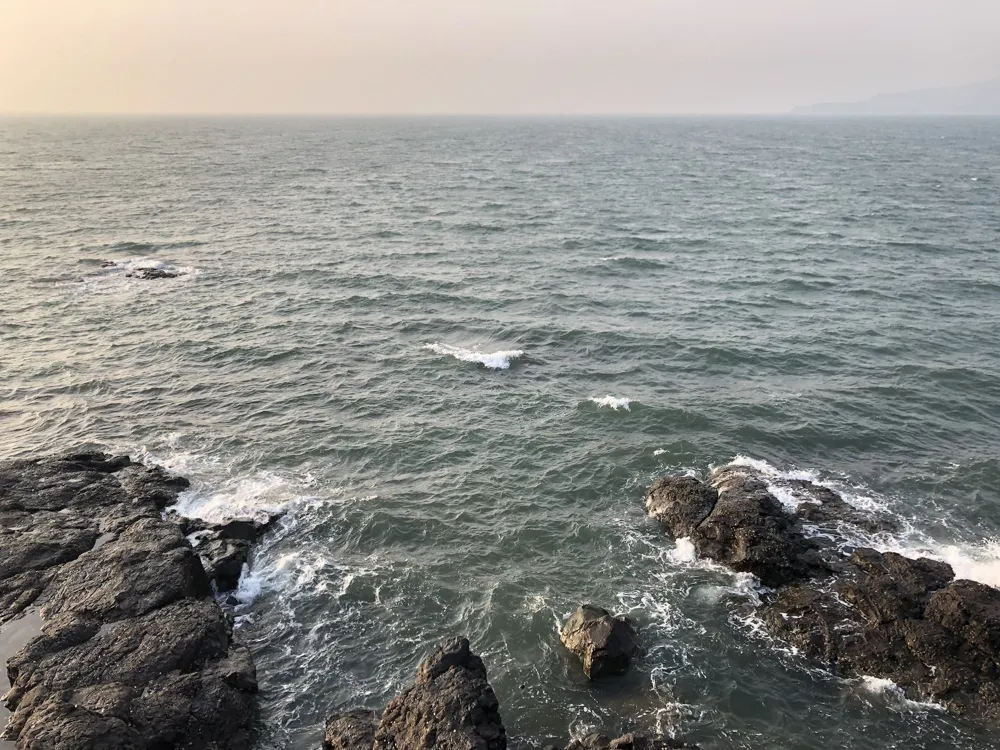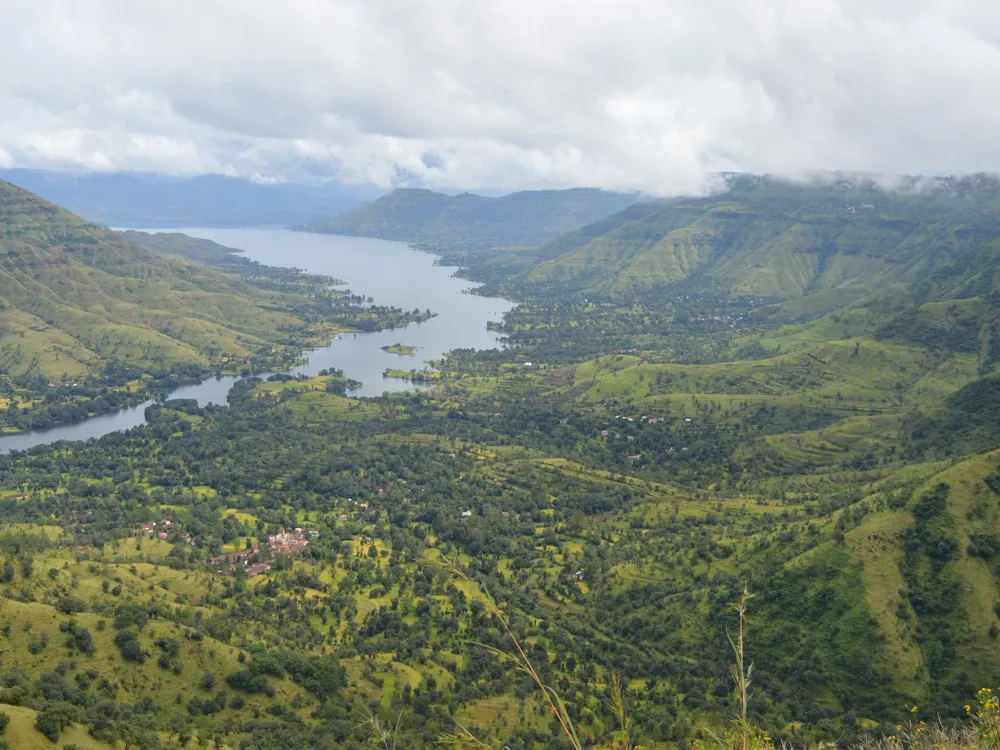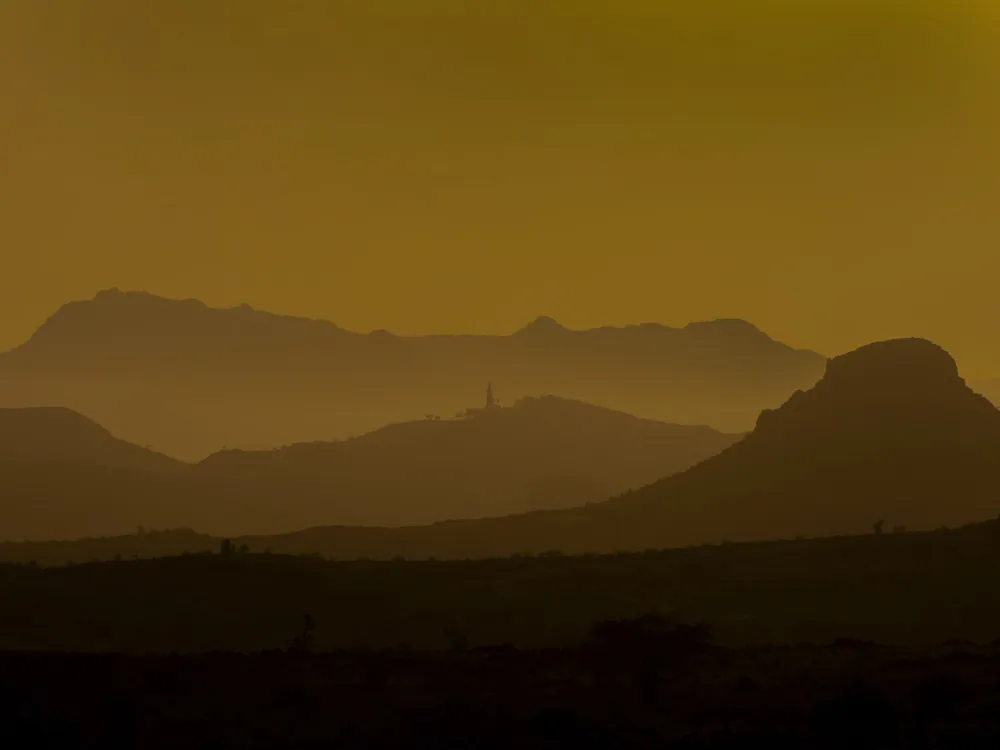Narsinhwadi Datta Mandir, nestled in the serene landscapes of Kolhapur, Maharashtra, stands as a beacon of spiritual and cultural significance. This sacred temple, dedicated to Lord Dattatreya, a revered deity in Hinduism, is not just a religious site but a symbol of the rich cultural tapestry of India. Lord Dattatreya is considered an incarnation of the Holy Trinity – Brahma, Vishnu, and Shiva – and thus holds immense significance among devotees. The temple's history is steeped in legends and folklore, making it a fascinating site for both devotees and history enthusiasts. The temple's location, on the banks of the Krishna River, adds to its mystical charm. Devotees often describe their experiences here as tranquil and spiritually uplifting, a testament to the temple's serene environment and divine presence. The Narsinhwadi Datta Mandir is not just a place of worship but a cornerstone of the cultural and spiritual life in Kolhapur, attracting thousands of visitors every year from different parts of India and the world. The architecture of Narsinhwadi Datta Mandir is a splendid example of ancient Indian temple architecture, reflecting the skills and artistic vision of its creators. The temple, built centuries ago, showcases the intricate craftsmanship typical of the era. Its structure is a harmonious blend of various architectural styles, featuring elements that are characteristic of both northern and southern Indian temple architecture. The main sanctum, or Garbhagriha, houses the idol of Lord Dattatreya, which is an artistic marvel in itself. The idol, adorned with traditional attire and ornaments during festivals, embodies a serene yet powerful aura. The temple's walls and pillars are adorned with carvings and sculptures depicting various deities, scenes from Hindu mythology, and motifs of nature. These carvings are not just decorative elements but also serve as a narrative tool, telling stories and imparting wisdom to the devotees. The temple complex also includes various subsidiary shrines, halls, and a 'Deepmala' or a tower of lights, which is particularly enchanting during evening aartis when it's lit up with hundreds of lamps. The temple's design ensures a natural flow of air and light, creating an atmosphere of peace and divinity. The use of local stone and traditional construction techniques adds to the temple's historic and cultural significance, making it a living example of India's architectural heritage. As a place of worship, it is important to dress modestly when visiting the Narsinhwadi Datta Mandir. Traditional Indian attire is preferred, but not mandatory. Ensure your clothing is respectful and covers your shoulders and knees. Visitors are expected to follow the temple's etiquette. This includes removing footwear before entering the temple premises, maintaining silence inside the temple, and not taking photographs in the sanctum sanctorum. The temple comes alive during festivals like Datta Jayanti and Navratri. Planning your visit during these times can be a spiritually enriching experience, offering a chance to partake in special rituals and celebrations. Consider taking a guided tour for a more informative experience. Guides can provide insights into the temple's history, architecture, and rituals, enhancing your understanding and experience. Narsinhwadi Datta Mandir, located in Kolhapur, Maharashtra, is well-connected by various modes of transport. The nearest airport is Kolhapur Airport, from where you can hire taxis or take buses to reach the temple. For those preferring rail, Kolhapur Railway Station is the nearest, with good connectivity from major cities. Additionally, Kolhapur is well-connected by road with neighboring states and cities, making it accessible by bus or car. The journey to the temple is as scenic as it is spiritual, with lush landscapes and the serene Krishna River accompanying you along the way. Read More:Overview of Narsinhwadi Datta Mandir, Kolhapur, Maharashtra
Architecture of Narsinhwadi Datta Mandir
Tips When Visiting Narsinhwadi Datta Mandir
Dress Appropriately
Respect the Temple Etiquette
Plan Your Visit During Festivals
Guided Tours
How To Reach Narsinhwadi Datta Mandir
Narsinhwadi Datta Mandir
Kolhapur
Maharashtra Goa
NaN onwards
View kolhapur Packages
Kolhapur Travel Packages
View All Packages For Kolhapur
Top Hotel Collections for Kolhapur

Private Pool

Luxury Hotels

5-Star Hotels

Pet Friendly
Top Hotels Near Kolhapur
Other Top Ranking Places In Kolhapur
View All Places To Visit In kolhapur
View kolhapur Packages
Kolhapur Travel Packages
View All Packages For Kolhapur
Top Hotel Collections for Kolhapur

Private Pool

Luxury Hotels

5-Star Hotels

Pet Friendly







